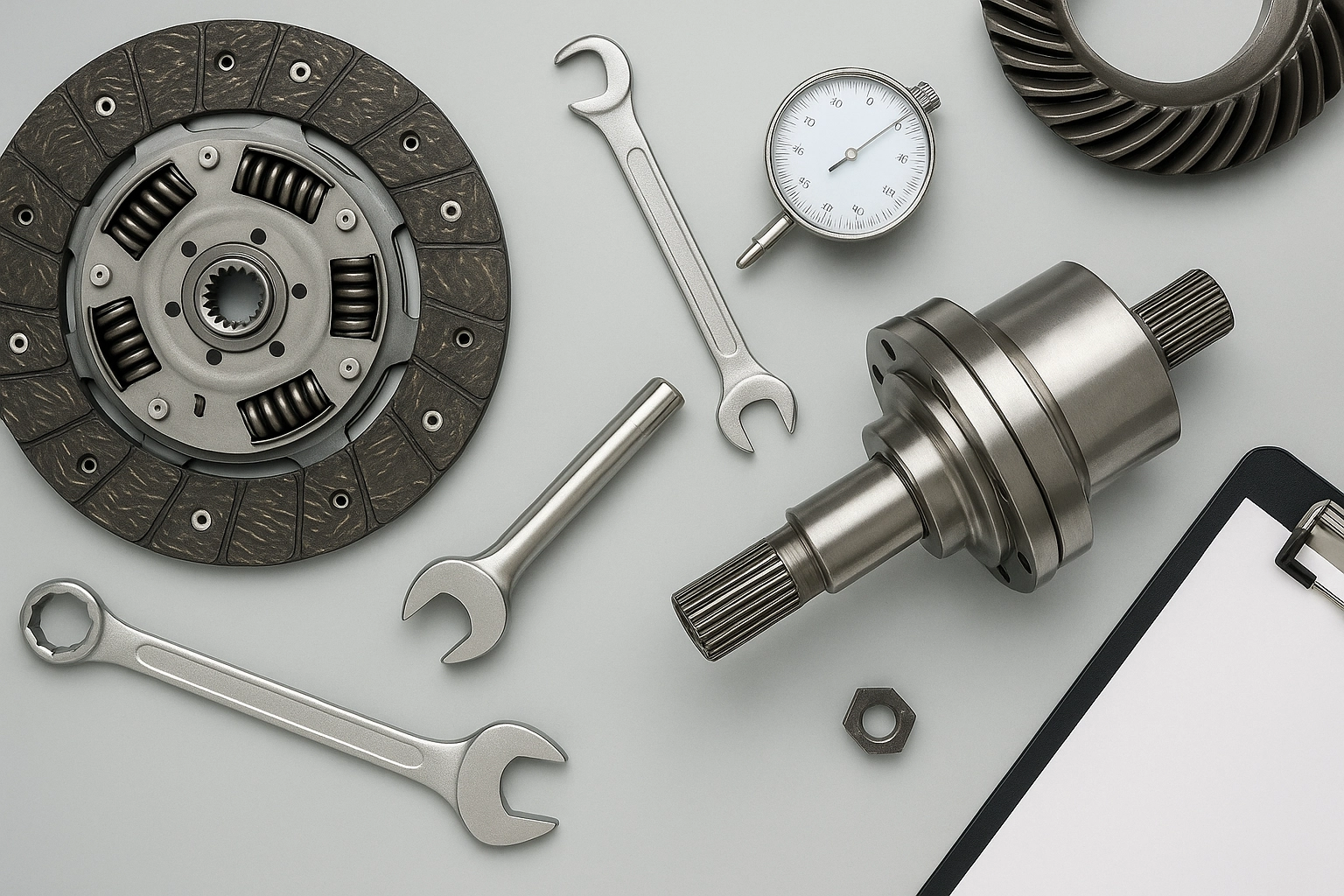ISO 7095 Transmission Gear Efficiency Test
The ISO 7095 standard outlines a methodology to determine the efficiency of transmission gears in automotive applications. This test is critical for ensuring that gear systems meet international standards of performance and reliability, which are essential for maintaining vehicle safety and fuel economy.
Transmission gears play a crucial role in converting engine power into usable torque at the wheels. The efficiency of these gears directly impacts the overall energy transfer from the engine to the drivetrain. A loss of efficiency can result in increased fuel consumption and reduced performance, which are significant concerns for automotive manufacturers and consumers alike.
The ISO 7095 test is designed to evaluate gear efficiency by simulating real-world driving conditions. The test setup includes a dynamometer that applies known loads and torques to the gears under test. The system measures the input power from the engine and compares it with the output power at the wheels, calculating the overall transmission efficiency.
For accurate results, proper specimen preparation is essential. Gears must be clean and free of any foreign materials before testing. The gear teeth should also have no visible damage or wear that could affect the test outcome. In some cases, gears may need to undergo specific conditioning processes to ensure consistent performance during testing.
The test setup typically consists of a dynamometer equipped with a torque sensor, speed sensors, and power meters. These instruments provide precise measurements of input and output power, which are then used to calculate the efficiency ratio. The system can also monitor other parameters such as temperature and lubricant conditions to ensure consistent testing.
The ISO 7095 standard specifies acceptance criteria for gear efficiency based on the type and application of the gears being tested. For instance, manual transmission gears have different efficiency targets than automatic transmission gears due to their distinct design and operational characteristics.
Understanding real-world usage is crucial for interpreting test results accurately. Gears in passenger cars operate under varying loads and speeds, which can affect their efficiency. By simulating these conditions during testing, the ISO 7095 method provides valuable insights into how gears perform under actual driving scenarios.
The test procedure involves several steps, including specimen preparation, setup configuration, data collection, and analysis. Each step requires careful attention to detail to ensure accurate and reliable results. Proper calibration of instruments is also essential for obtaining consistent measurements throughout the testing process.
Scope and Methodology
| Test Step | Description |
|---|---|
| Dynamometer Setup | The dynamometer is calibrated to measure torque, speed, and power accurately. |
| Specimen Preparation | Gears are cleaned and conditioned as necessary before testing. |
| Data Collection | Input and output power data are collected during the test run. |
| Analysis | The efficiency ratio is calculated based on input and output power measurements. |
| Test Condition Parameters | Description |
|---|---|
| Load Range | The test load range spans from minimum to maximum operating conditions. |
| Speed Range | Speeds are varied within the operational limits of the gears being tested. |
| Lubricant Type and Condition | The type and condition of lubricants used in the test affect efficiency measurements. |
| Temperature Control | Testing is conducted under controlled temperature conditions to minimize variability. |
Eurolab Advantages
At Eurolab, we offer comprehensive ISO 7095 transmission gear efficiency testing services that go beyond mere compliance. Our expertise in automotive testing allows us to provide valuable insights into your product's performance and potential areas for improvement.
Our state-of-the-art facilities ensure precise measurements and accurate results, giving you confidence in the quality of our work. We use only the latest equipment and software to deliver reliable test data that meet international standards.
We offer flexible testing schedules tailored to your project timelines, ensuring minimal disruption to your operations. Our experienced technicians are well-versed in ISO 7095 procedures, allowing for seamless integration into your quality control processes.
By partnering with Eurolab, you gain access to a network of industry experts who can provide guidance on best practices and emerging trends in automotive testing. This collaboration helps ensure that your products remain competitive and compliant with the latest regulations.
Quality and Reliability Assurance
- Calibration of Testing Equipment: All instruments are regularly calibrated to maintain accuracy.
- Data Validation: Multiple data points are cross-checked for consistency before final analysis.
- Repeatability Studies: Repetitive tests under identical conditions verify the reliability of results.
- Compliance Verification: Our testing adheres strictly to ISO 7095 standards ensuring compliance with international regulations.





